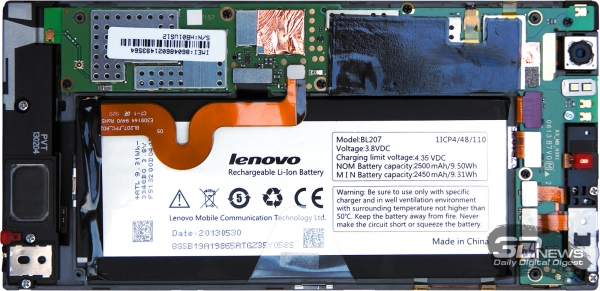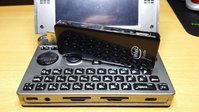Alright, just tried this in-home streaming biz.
I first set the Wifi router to N mode - think I had it down to B/G because of compatibility issues with something old - and Steam to performance over quality streaming at 720p, enabled hardware-encode and decode. I have no idea what I'm doing but it seemed sensible.
Starting the new XCOM I get a warning "slow decode" which vanishes after a split second, then it's "slow network" over and over and very laggy. Took me quite some time to figure that one out: Putting Meegopad's power saving mode to balanced instead of the full throttle setting completely removed the slow network warning. XCOM now works just fine. Crashed once on the client, but apparently you can just reconnect and jump right back in. Also tried Dishonored. It's a very dark game, there's noticeable artifacts everywhere with the chosen settings. On the other hand it worked surprisingly well, I fought four guards and survived. The input lag isn't bad at all for a single player game.
Pretty cool to have a big game running on this HDMI stick, blazing fast loading times and all. I have this sudden urge to pimp my bathtub with a small PC 8D



